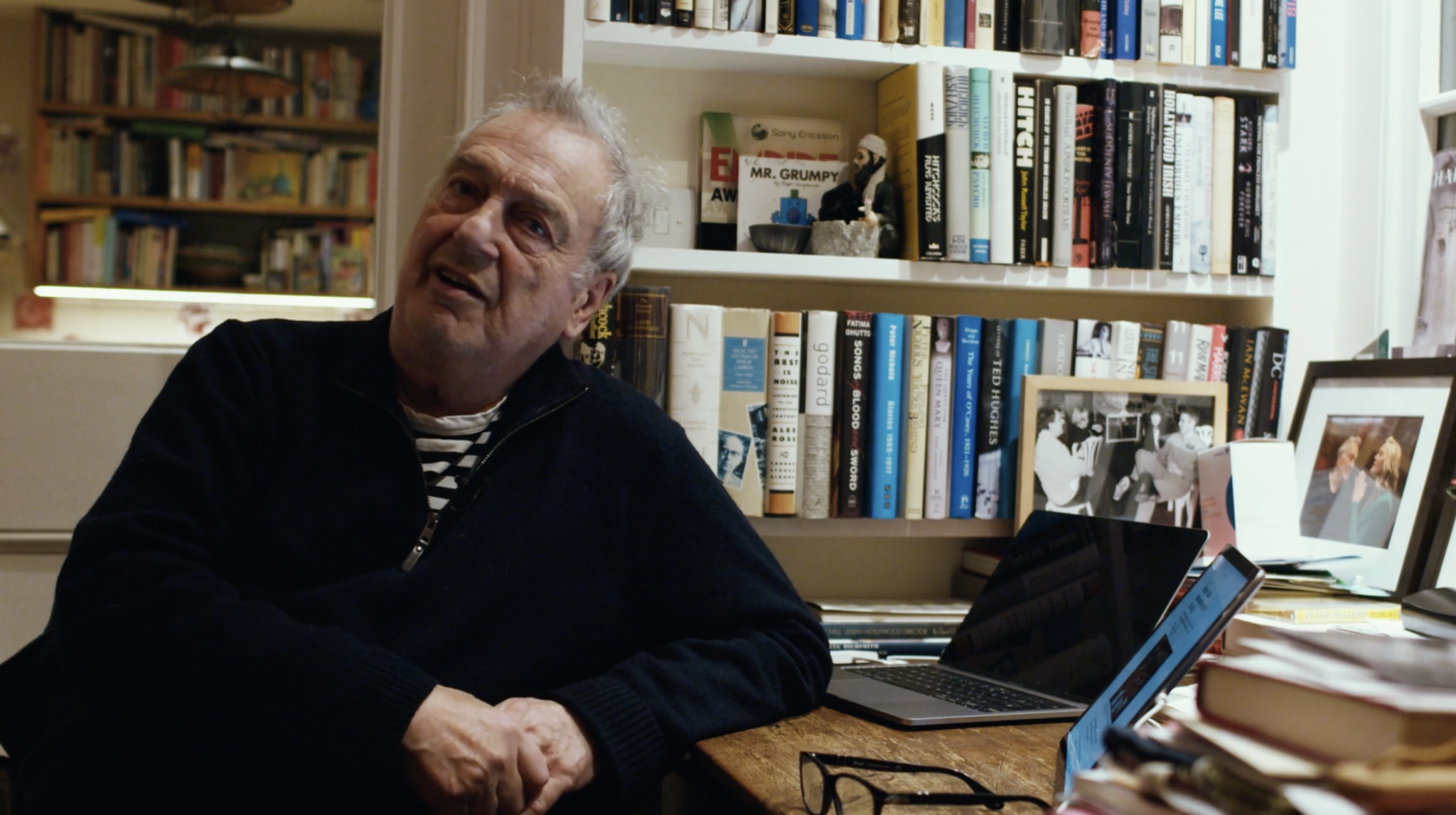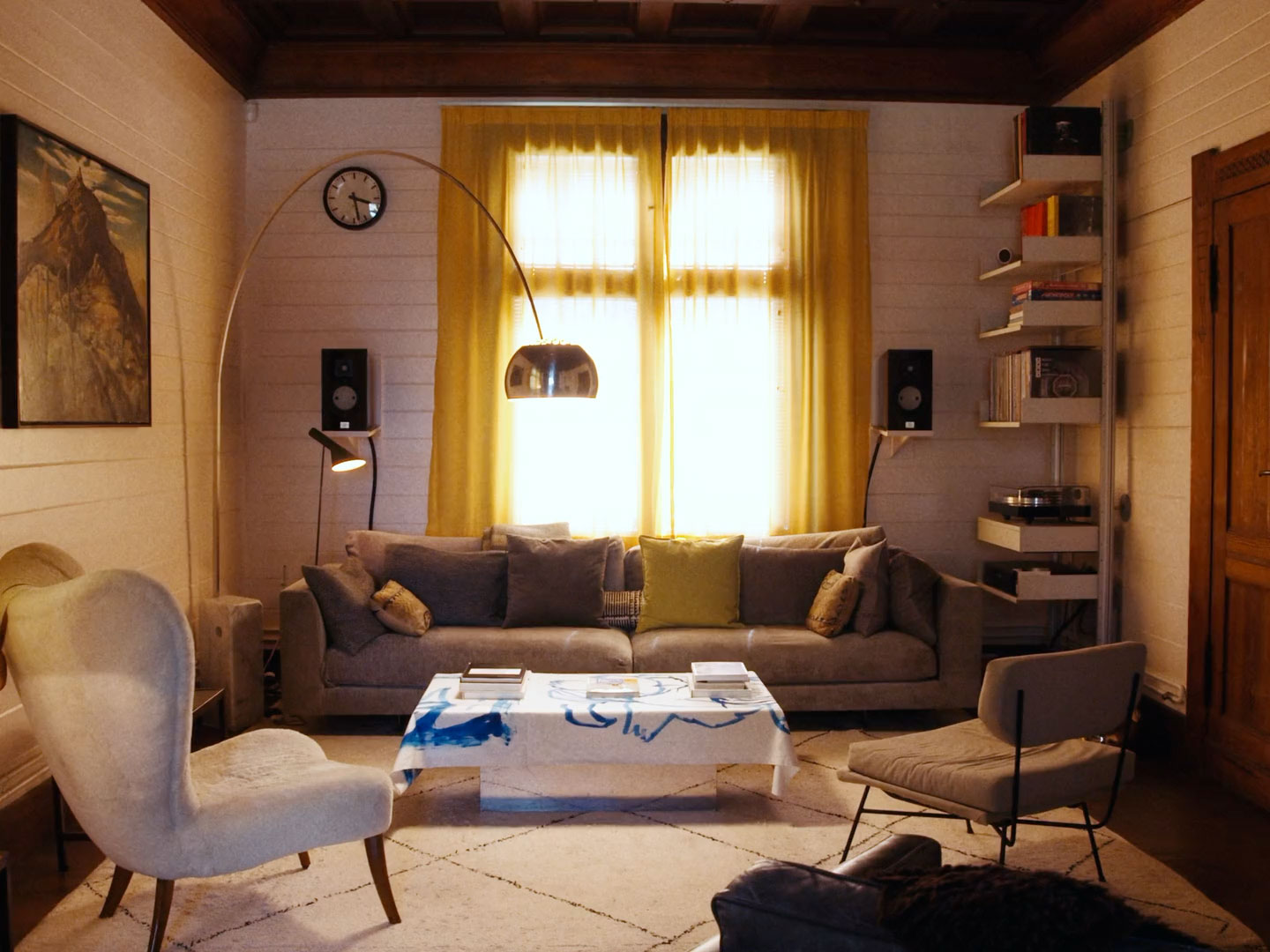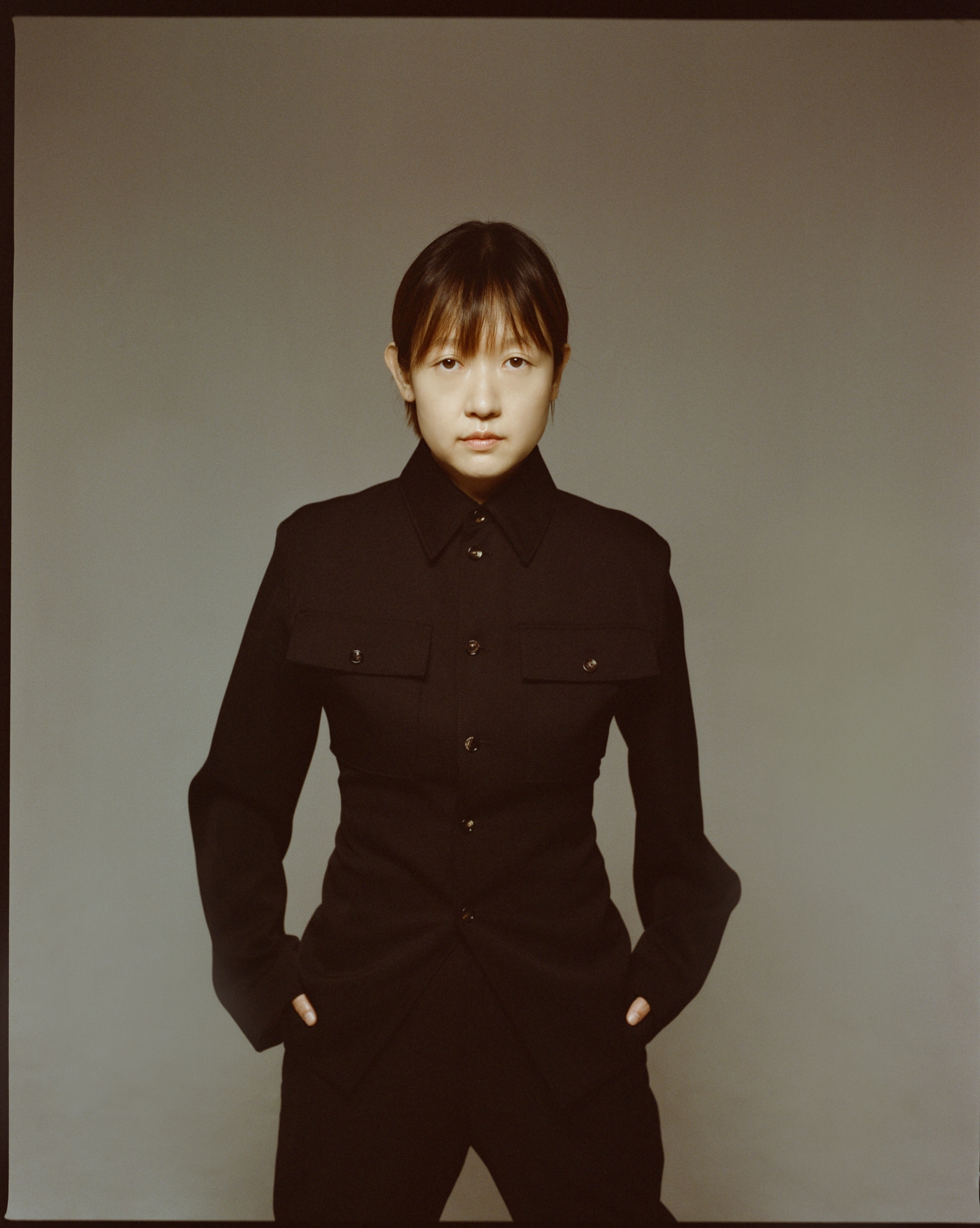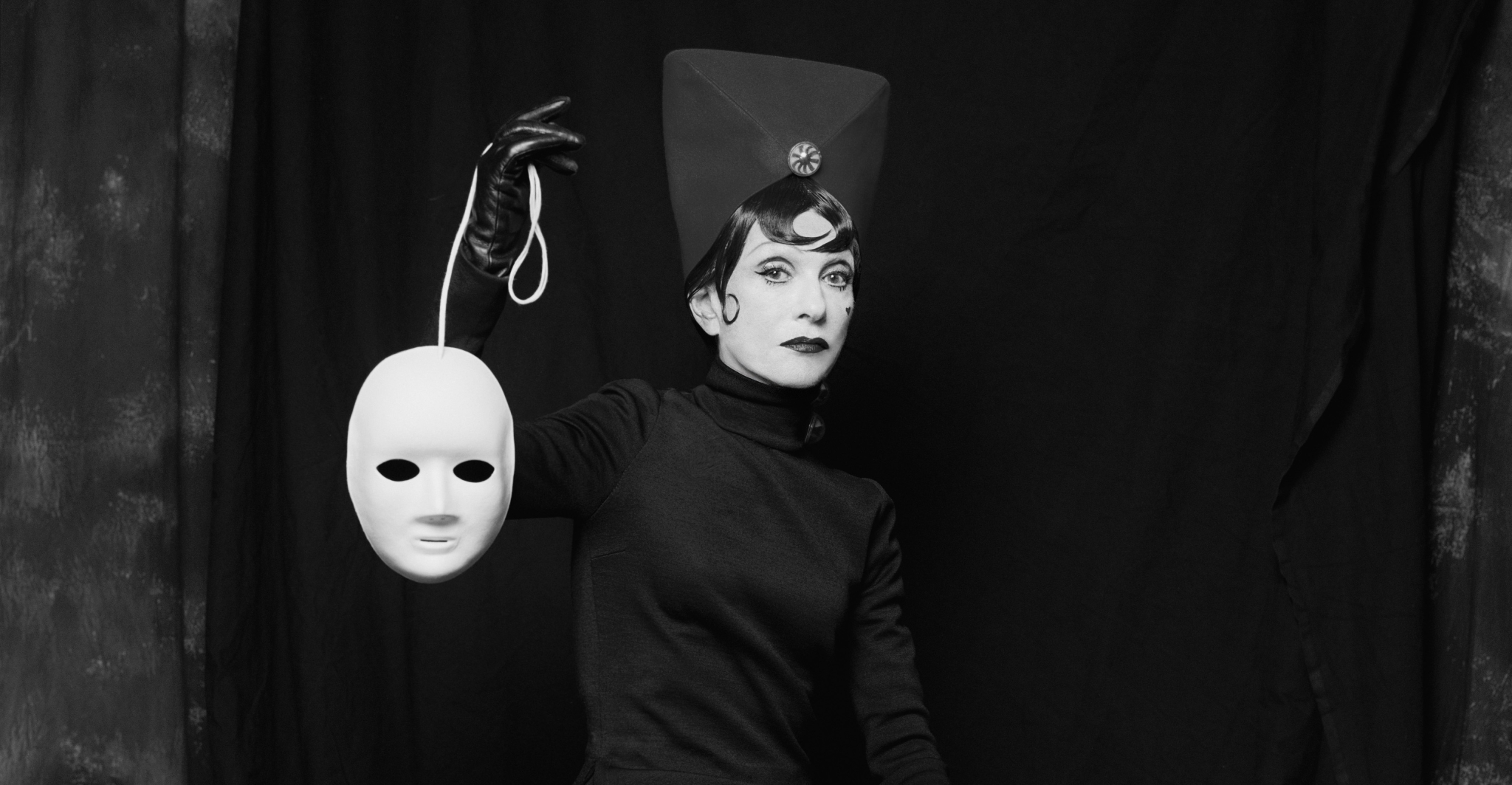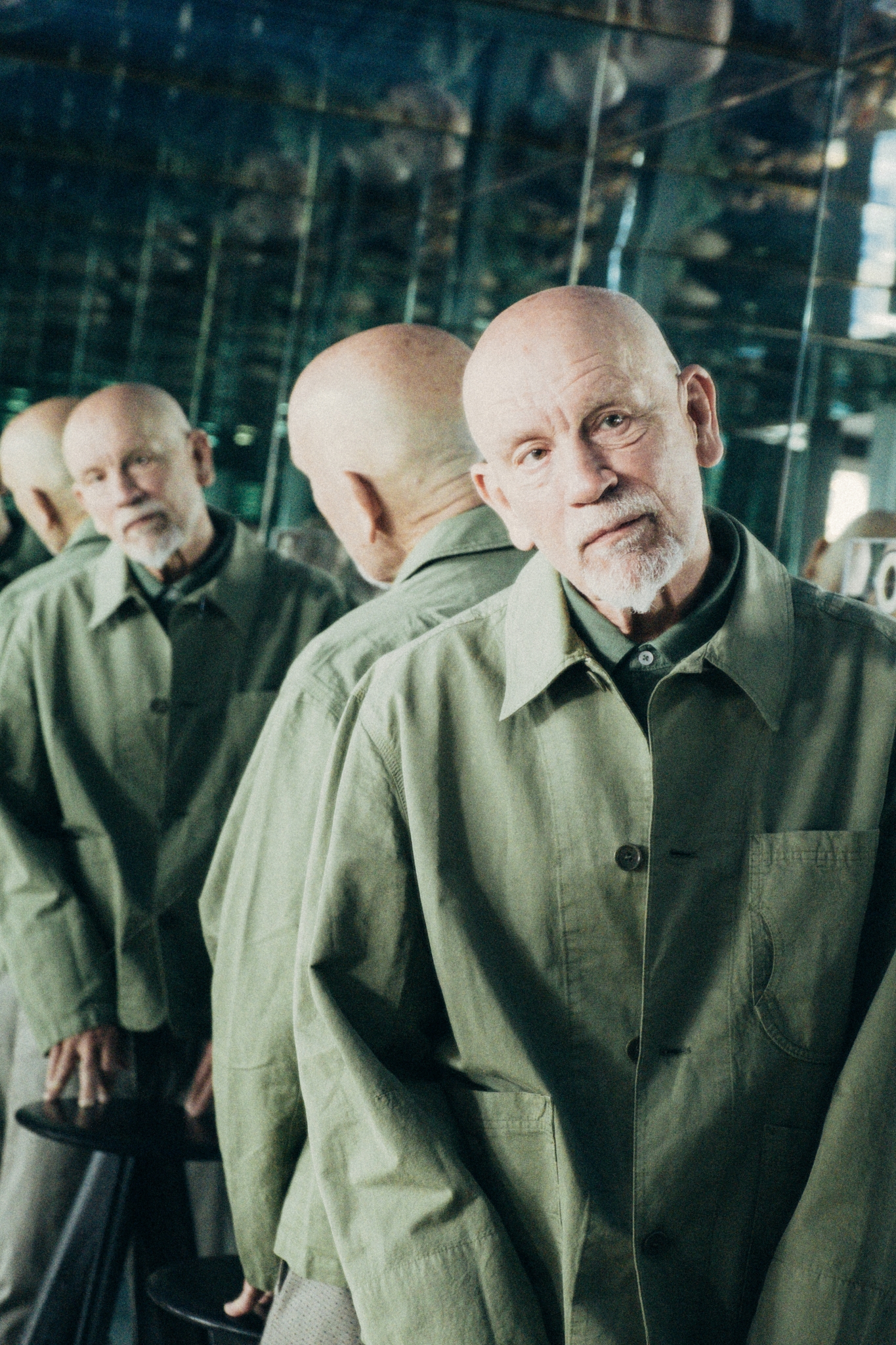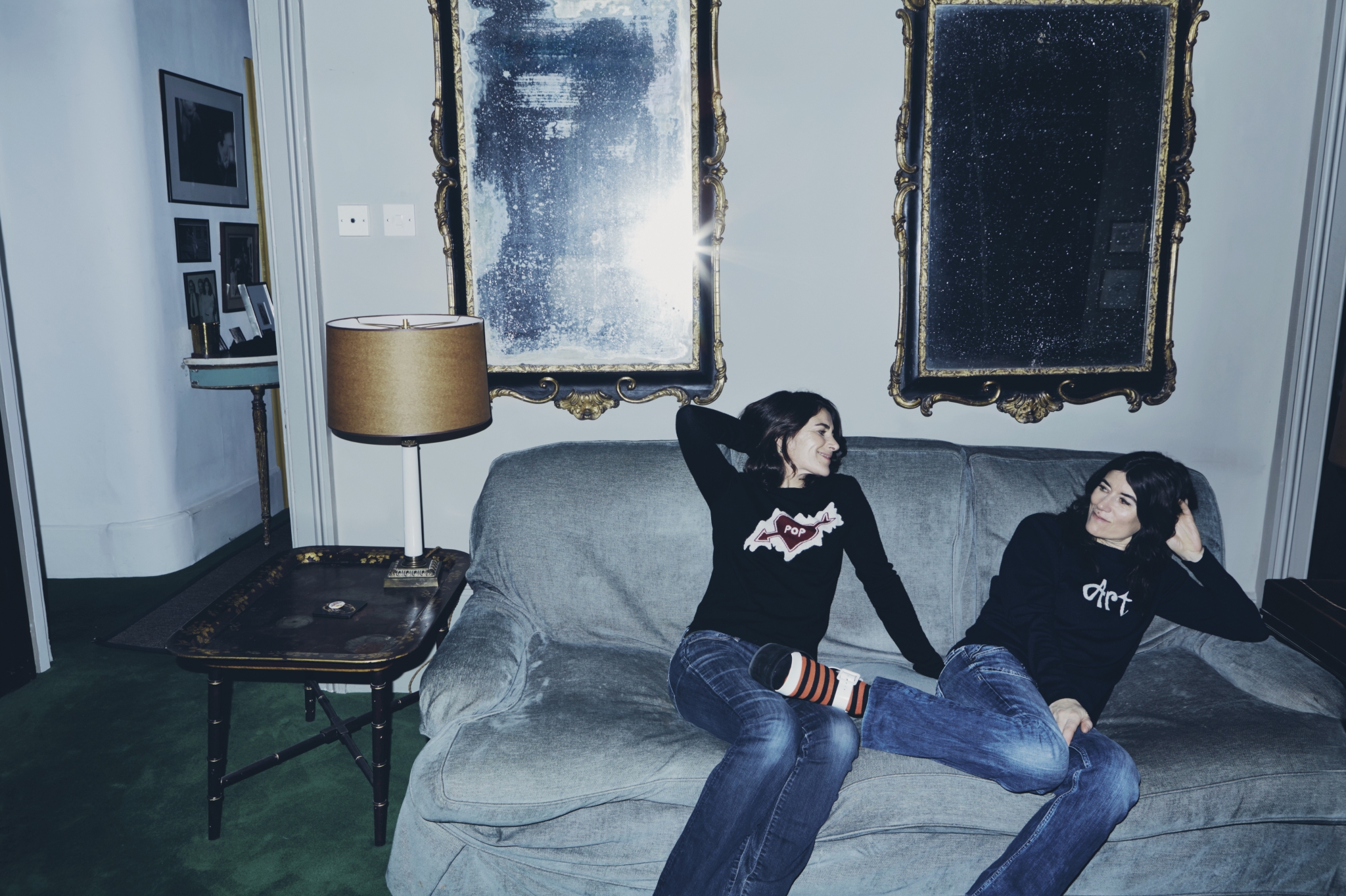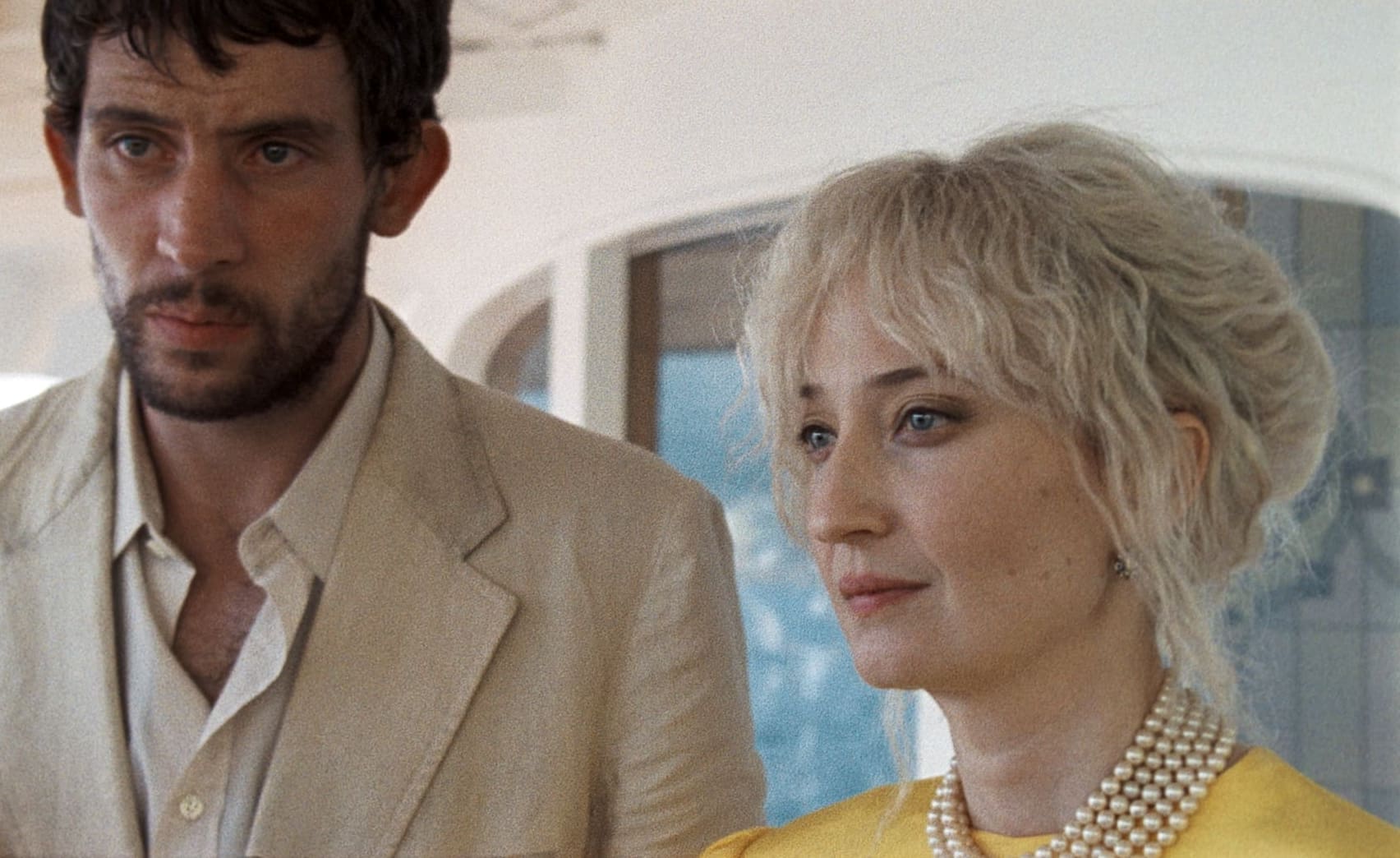
It’s fun when artists tell you that you have it wrong. Not in a smarmy type of way, but as a sobering corrective—guiding you to understand ideas in a film that, perhaps, if only you allowed yourself to live in its questions, you might finally arrive at the right answers. (Yes, Rilke said it first.)
Alice Rohrwacher’s work is always mysterious, but every inch of every frame in every second of her third full-length feature La Chimera (a follow-up to her great Happy as Lazzaro) feels as though a bewitching hex has been cast over it. So, naturally, when we pose a question or assumption of our own, she is quick to guide us to the film’s true meaning.
This is a supernatural tale that treats the spiritual and ancient worlds with respect, and with a thrilling plot that involves grave-diggers, crooks, beach parties, female elysiums, and an Englishman abroad, all sullen and lovesick—as the best of them are. Josh O’Connor plays Arthur, a mysterious character that has a relationship with the Tuscan tombaroli. His divination skills aid him in discovering tombs filled with precious artefacts that he and his crew sell to the upper crust of society. As she shoots her short film La Caverne, Rohrwacher gives insight into the background of the enchanting wonders of La Chimera—a written supplement to indulge in after your viewing of her film, where she explains what is real, what is not real, and what we might discover if we gently scratch the surface.
Chris Cotonou: Where did the idea for the story of La Chimera come from, and why tell it now?
Alice Rohrwacher: I’ve had this idea for a long time, and I’ve always wanted to do a film about archaeology, about the fact that there are people who have lived beside these ancient sites for thousands of years. And then suddenly, they decide to steal the artefacts to create their personal wealth. Historically, the excavation of these objects, and the trade surrounding these objects, were started and overseen by the nobility. And then, in this film, you see a transition where it’s being done by the lower classes instead. Although this premise came to me a while ago, the real burning desire to tell it started during the pandemic. I had already collected a lot of the materials that pertain to the film, and during the pandemic, in particular, we as a society were confronted with death in our lives. And the fact that these archaeological objects come from tombs… I was pushed to analyse how the ancients deal with death, and consequently how we, as a society today, do too.
CC: You grew up in Tuscany, where the Etruscans whose graves are robbed originate. One of your characters in the film calls them more “bohemian” than the Romans. As someone with an interest in archaeology, and who studied Classics, what is it about that civilisation that you find particularly fascinating—especially in their relationship with death?
AR: When we look at the artefacts from the Roman times, there are a large variety that speak to us about many different facets of Roman life. Whereas with the Etruscans, a lot of what remains is related to death. A large part of their creative energy and time went on these tombs, and so these artefacts that were left behind were fated to be invisible and unseen by future generations. This is what separates them from the Romans, who liked to show off their creativity…which is very Italian. We are a society that, even if we bake a cake, we’re going to post it somewhere so everybody can see. I find it more interesting that the Etruscans created beautiful artefacts not destined to be admired. There’s a line in the film where Arthur looks at an artefact and says, “You’re not meant to be seen by human eyes”, and that’s a reflection of their society.
CC: The film is set in Italy and observes the Italian relationship to these artefacts. Why did you choose to make the central character, Arthur, a foreign archaeologist?
AR: The eye of the stranger is one of the most precious things we have. And I mean ‘any’ stranger. It permits us to see things from the outside and understand a new perspective on who we are. I’m Italian on one hand, but a stranger on the other [Alice’s father is German] so this idea feels personal for me. And without foreigners, a lot of these artefacts would never have been found in the first place. It also relates strongly to the idea of the Grand Tour in the 19th century, when British people, like Arthur, would visit Italy and fall in love with the country because of the artefacts around them.

CC: Why is it important that Arthur’s personal history remains mysterious? There are allusions, especially from the character of Spartaco near the end. But we never fully know him.
AR: It is really important to create characters that aren’t completely straightforward to explain, so that the spectator can use their own imagination to dive into their complexities and who they could be. You know, we sort of understand Arthur in how he moves, as a transcendental figure who cannot be healed from the past. So I didn’t want to give everything away. I always enjoy allowing the viewer to come up with their own ideas, using what they see on the surface as the starting point.
CC: The tombaroli are all Italian, and they are depicted as ambitious grifters who take advantage of their history. Is that a metaphor for the way Italians today see their past, and their artefacts?
AR: In Italy, either we don’t appreciate the past or we celebrate it in an exaggerated, sometimes untruthful, manner. The same can be said about our artefacts. Some are glorified—like the Colosseum—and used to make money, while others are abandoned and forgotten. The film leaves the spectator with an open question on the relationship we can have with our artefacts in the future.
CC: In the end, the character of Italia starts an all female co-operative from an abandoned space, makes it into a home, grows food, and finds peace. The greedy tombaroli are men. Were you making a point that women, in particular, are better at appreciating the past?
AR: Yes! But the scene is also there to explain how we can, all of us, change the destiny of a site, of a place, of our spaces—in that case, an abandoned train station—into something more. To give it a feeling of life, not of death. Nor to use it to make money.
CC: It seems as though the film is set outside of a particular era, even though it is set in the 1980s. You see antique homes and industrialisation, old and new trains all together. Was this an intention of yours?
AR: For example, yes, the Italian train at the start seems older, and the foreign one later seems more modern. But clearly the train does not reflect a specific time, but a wider era, so it is meant to be perceived more for its symbolic value of that era in the film—like the other examples.
It is really important to create
Alice Rohrwacher
characters that aren’t
completely straightforward
to explain, so that the spectator
can use their own imagination
to dive into their complexities
and who they could be.
CC: There is a lot of spirituality and mysticism in La Chimera. I can’t help but wonder if you consider yourself a spiritual person.
AR: I don’t know if one can be defined as spiritual per se, but rather we are born with a unique perception of the world and one can only remain coherent with one’s own perceptions of the universe. For me, I believe that the visible and the invisible are two sides of the same coin. My interests are not only in what we can physically touch but in what we sense or feel about the world around us. And if that were to be the definition of ‘spiritual’, then sure: I’m spiritual.
CC: It’s interesting, because you also chose the poster of La Chimera to be the Hanged Man tarot card. It’s one of my favourite posters of the year, but it certainly implies some curiosity, and knowledge, you might have around mysticism.
AR: It was especially difficult to decide on the film’s poster, and I wanted to create one that would be interpreted in more than one way. I found my daughter looking at these tarot cards, and I was gripped by how they have so many different meanings, and so I began to study and understand them. But this was after filming had already ended. The Hanged Man is open to so many interpretations, and it could be tied directly to Arthur because it talks about seeing the world upside-down, or inverted. This reminded me so much of Arthur and how he sees the world. In researching for the poster, I actually consulted tarot card experts. You could call the poster’s design fated. It was a case of fate that I happened to stumble on these cards when I most needed inspiration for the poster, and indeed I took it as a sign. But every film that I have made in the past has a strong connection with their posters, because they are of great importance to me. For example, with Lazzaro Felice [Happy as Lazzaro], I saw a painting and I chose it because it truly emanated the aura of the film. So each decision is very carefully made.
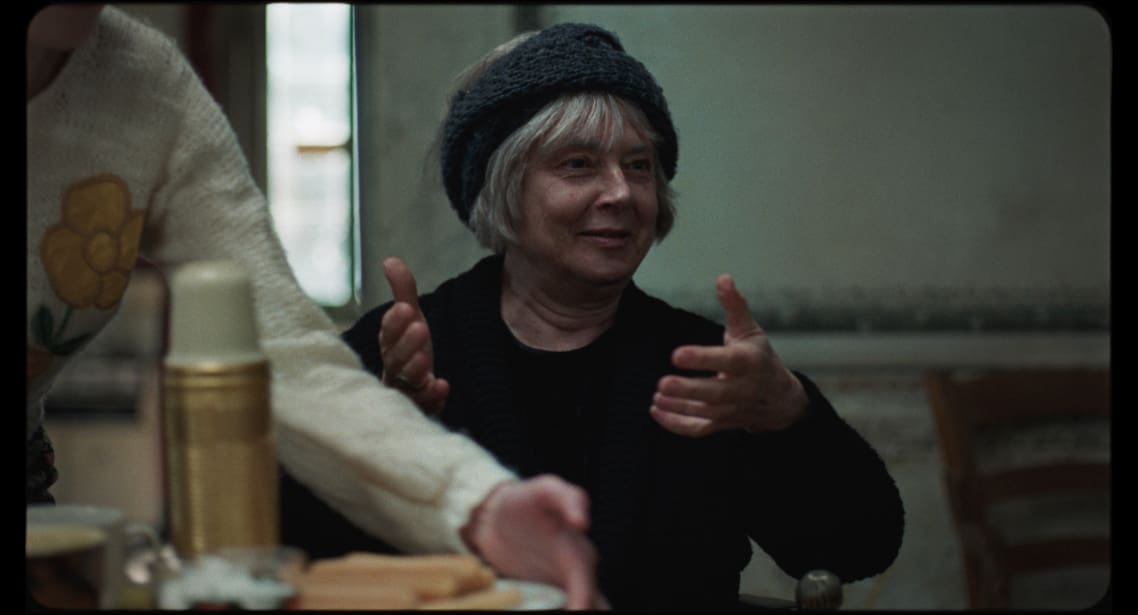
CC: Can you tell me about the visual influences in the film?
AR: I love how diverse cinema is, and the references I have are varied. But I always find it more beautiful when these references come in voluntarily and naturally during filming. So while there are some similarities with other films, they are never planned. For example, there’s a scene in Fellini’s Roma that relates to one in La Chimera, but it originally came from my experiences of speaking to the real tombaroli. So I began to wonder if Fellini heard the same stories and perhaps had the same friends. But it’s ultimately not a direct reference.
CC: What did you want to learn from spending time with the tombaroli?
AR: In my life, I have met many tombaroli. When I was a child in Tuscany, it was very common for people to go and dig up artefacts at night— almost like a rite-of-passage. But I met very few, what you would call ‘professionals’—and ultimately I never appreciated what they did, and I think that sentiment can be felt in the film. But I also feel a sort of tenderness for the tombaroli because they were poorer victims of a much larger problem with our system; like small cogs working in a bigger mechanism. So there’s a duality in how I feel towards them. If you remember the scene where they’re trying to convince Arthur to go dig with them, it shows this character destroyed by a life of labour in the fields, and that’s something they’re trying to escape from. They point to him and say, ‘You want to live like that?’ So I was also trying to explain what they were running from: a hard life working in the fields.
CC: La Chimera observes so many themes like this, from class struggles to mysticism and Italian society in general. What do you want the audience to leave with once they finish watching your film? What matters to you?
AR: I don’t want to control or manipulate the audience’s thoughts and how they perceive the film. But I hope that when they leave the theatre, they have a newfound perspective, especially in our relationship to the artefacts of our past that surround us. And in the end, I hope that this changes their outlook on our shared humanity, and how it can be different for the future.

